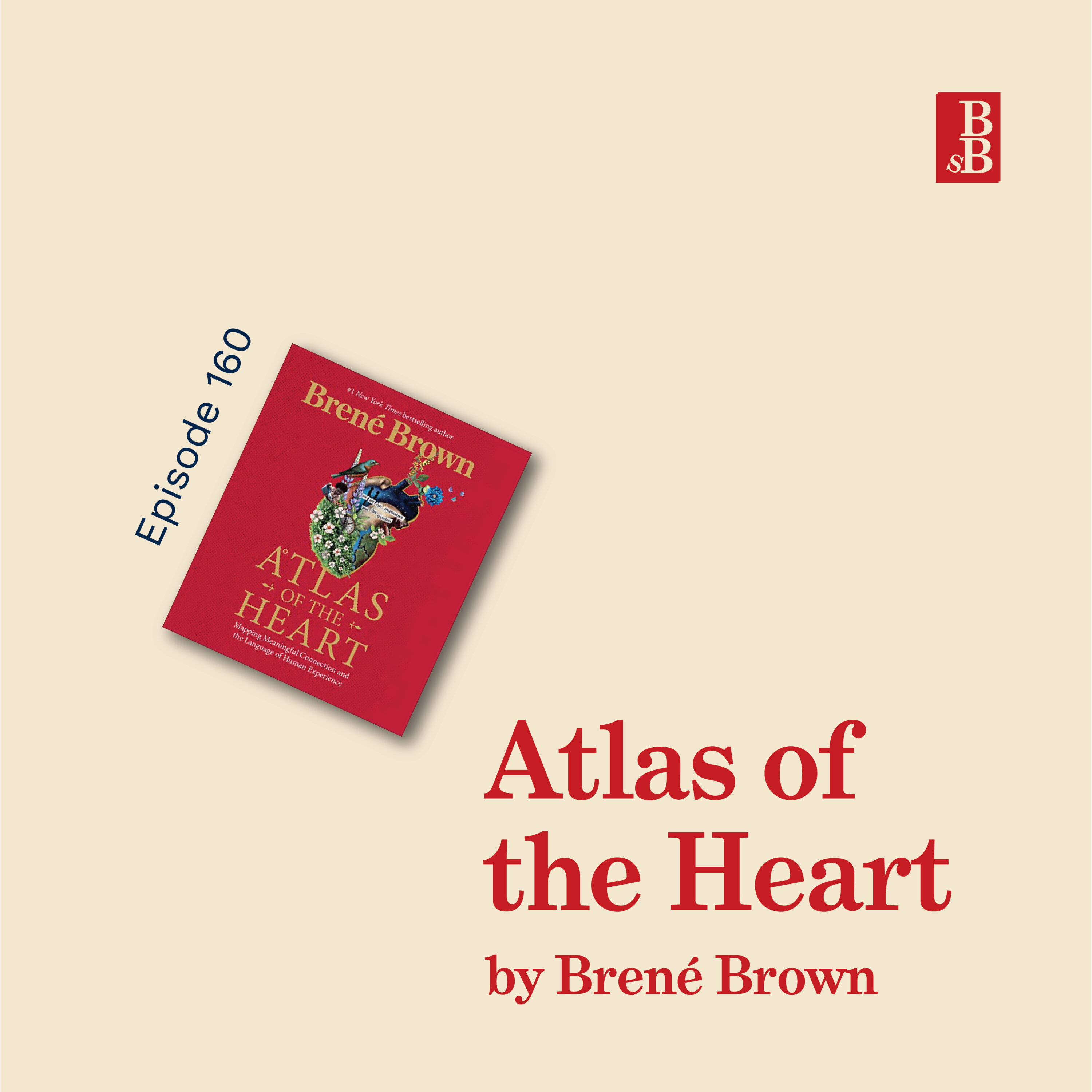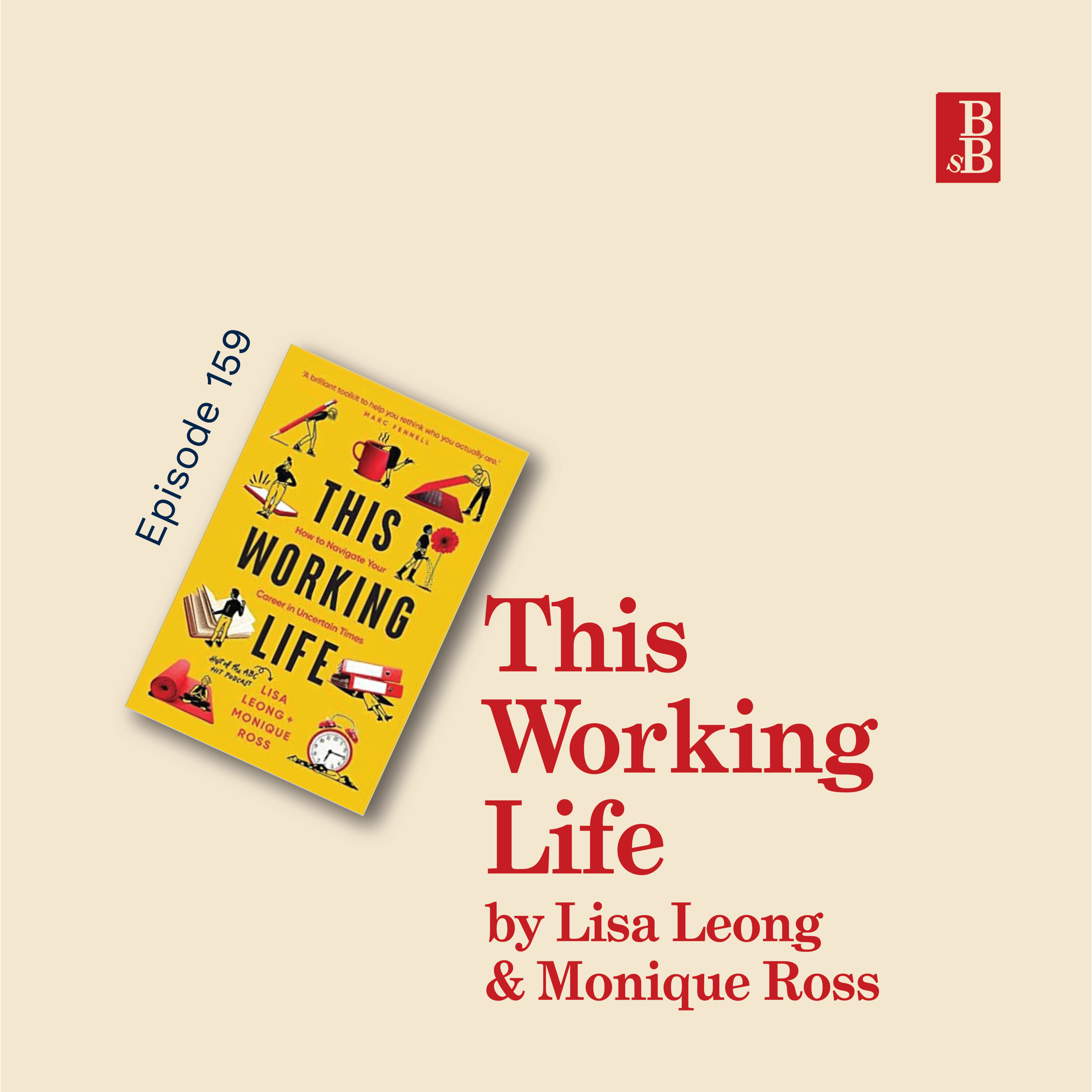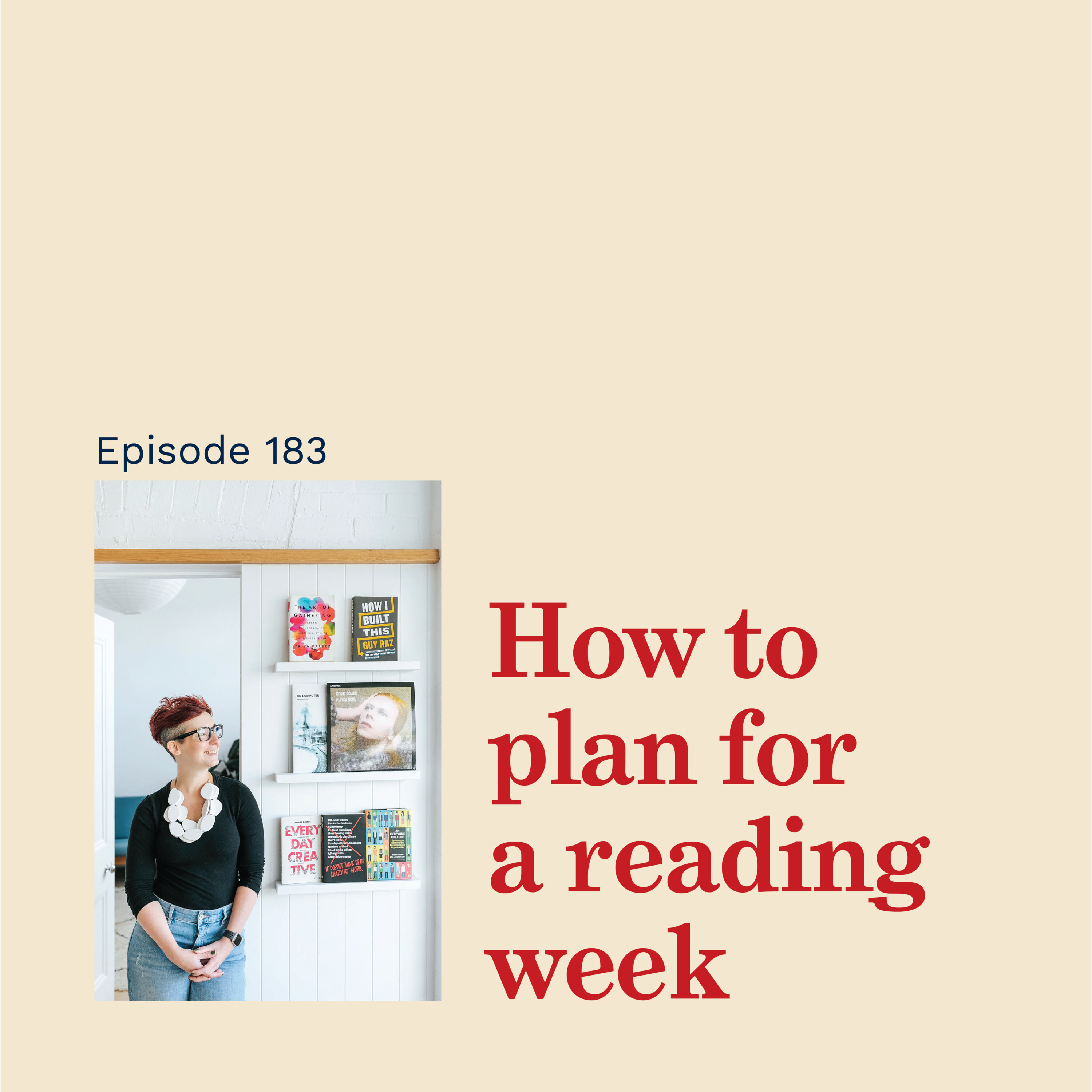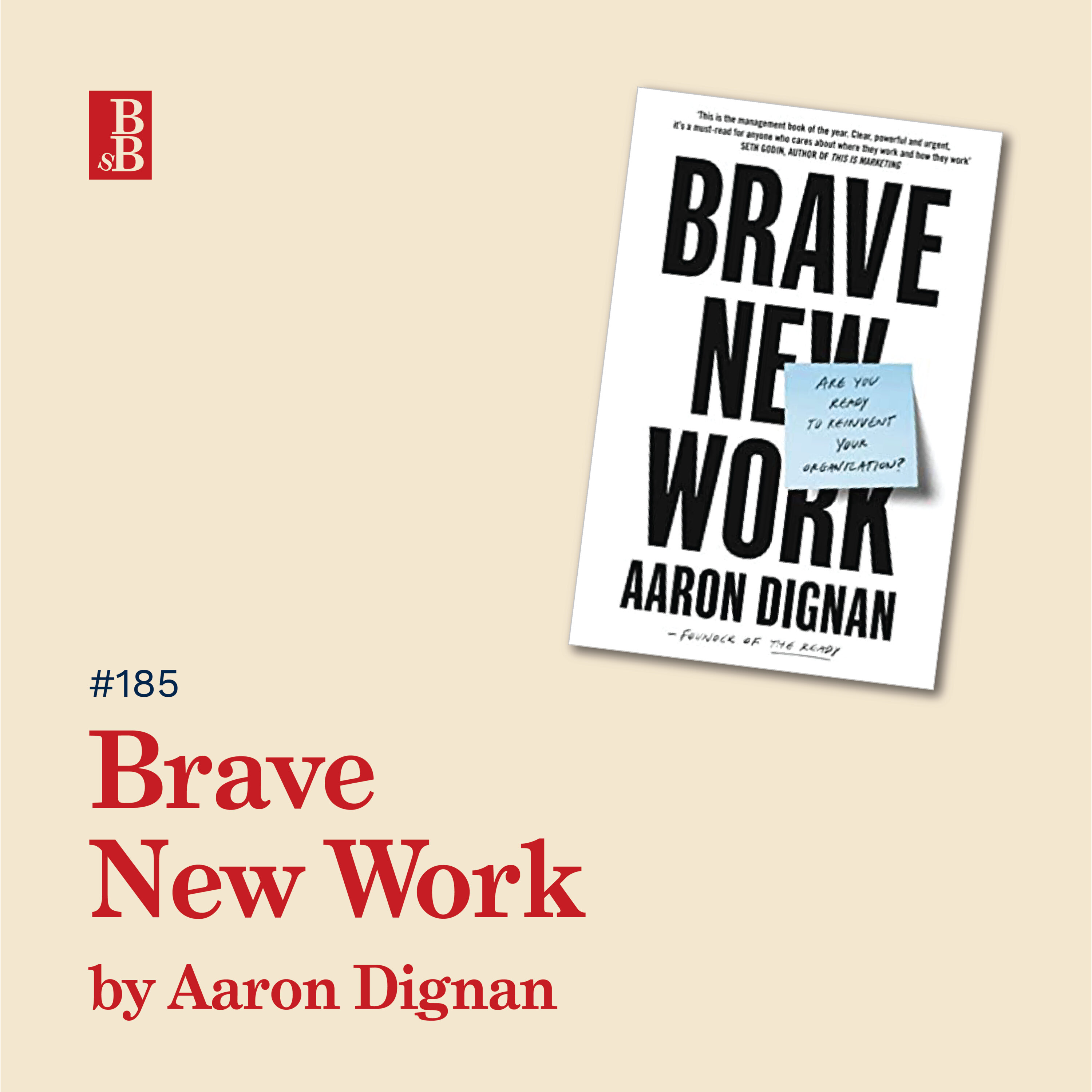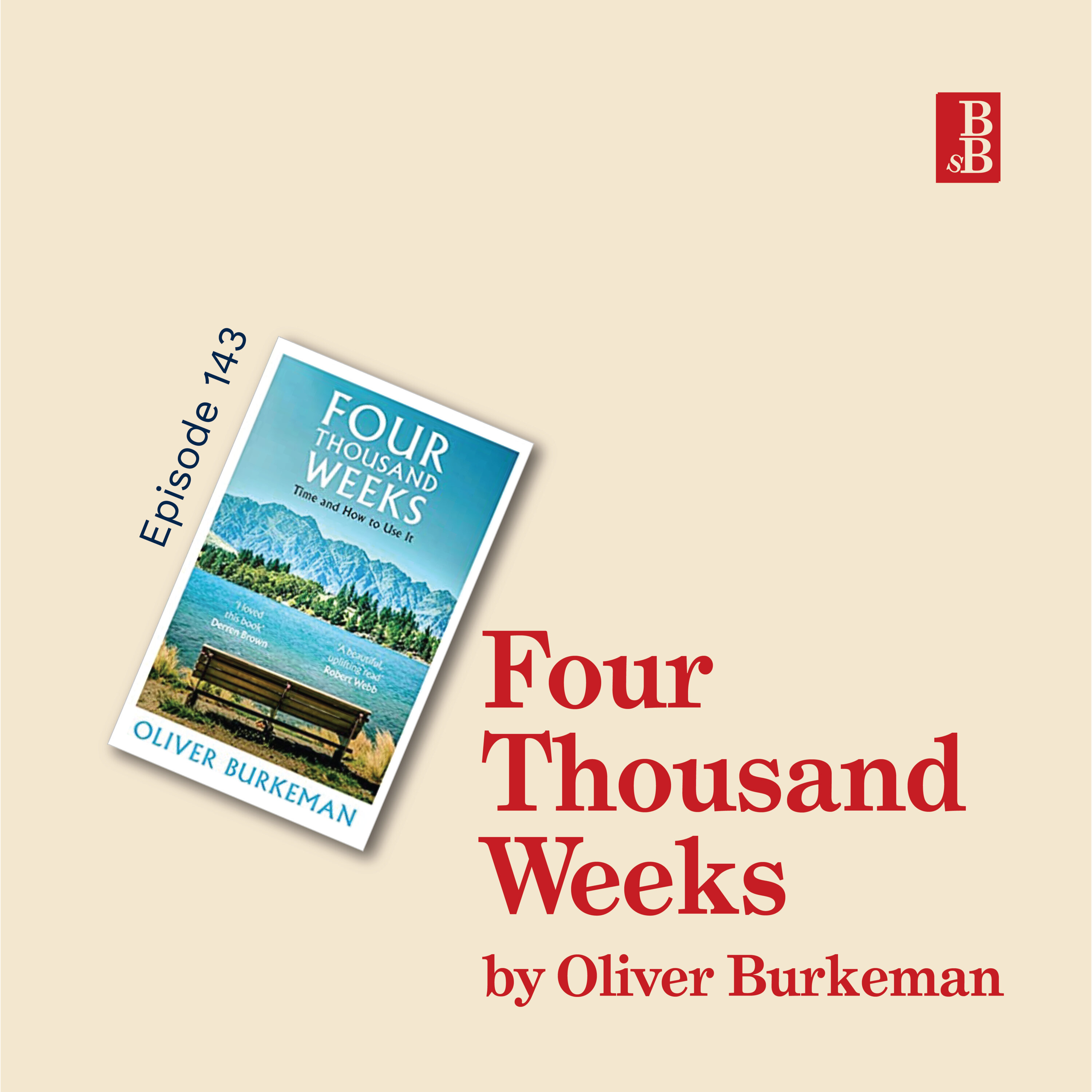New Power by Jeremy Heimans & Henry Timms: Creating movements and changing the world
Sign up to the bookmark newsletter:
https://mailchi.mp/1119b1358a84/thebookmark
About the Authors
JEREMY HEIMANS is the co-founder and CEO of Purpose, a company specializing in building social movements around the world. In 2005, he co-founded GetUp!, an Australian political organization with more members than all of Australia’s political parties combined, and he is a co-founder of the global campaigning organization Avaaz and the LGBT rights platform All Out. He is a recipient of the Ford Foundation’s 75th Anniversary Visionary Award for his work as a movement pioneer. He has been named one of Fast Company’s Most Creative People in Business.
Henry Timms is executive director of the 92nd Street Y, a cultural and community center that creates programs and movements that foster learning and civic engagement. Under his leadership, the 144-year-old institution was named to Fast Company’s “Most Innovative Companies” list. He is the co-founder of #GivingTuesday, a global philanthropic movement that engages people in close to 100 countries that has generated hundreds of millions of dollars for good causes. He is a Visiting Fellow at Stanford University’s Center for Philanthropy and Civil Society.
Source: https://thisisnewpower.com/the-authors/
About the Book
This book is touted as the way to understand the, seemingly chaotic, 21st century. With examples from Trump to #MeToo to Airbnb to ISIS; the way people influence, gain momentum and the structures of power have changed, and it’s taking everything with it.
This book is all about participation – and how to cultivate it through the redistribution of power and communication methods. The authors make sense of recent social and political movements and show how you can use new power on a small and large scale in your own organisations and lives.
BIG IDEA 1 (4:31) - Command and control is out. This book is all about the values of old vs New Power; collaboration over competition, transparency over confidentiality, mass participation, self-organisation and short term grouping over long term loyalty. A great example of the rise in transparency is people feel that they have the ‘right to know’ rather than the idea of ‘need to know’. This is compounded by the fact that no matter how powerful you are, you cannot hide things that are deemed to be public interest
In the new power world, people lean away from the need to be an expert. One of the examples mentioned in the book, is when you need to have a root canal or refilling on your teeth, you would still want a dentist rather than someone who is selling their services on Etsy. This is about distribution of power and creating movements.
BIG IDEA 2 (8:28) - How to start a movement. The five key steps how to start a movement mentioned in the book. Number one - finding your connected connectors. It is about knowing who you are talking to and who that is. For example, the Trump campaign was posted by keyboard warriors on Reddit who were sharing anti Hillary propaganda through memes. Number two - find your new power brand and voice. One example is the AirBnb about us page which is about community and connecting groups vs The Hilton which is about them, their brand and their organisation rather than the people they’re bringing together.
Step three - reduce the friction to entry. One example is the protester in India who was trying to decrease the corruption in politics. He started the campaign via sms and had 80,000 pledge their support. He then tapped into their cultural norm of sending people missed calls, using the idea that they could use something which people are already doing, to reduce the friction. They changed the method of connecting with people by removing the barrier and the result was they had 35 million missed calls.
Step four- moving people up the participation scale. From leaving the missed call to writing to the politician or allowing them to take part in the protest. Step five - ride the storms. Find a catalyst to leverage, for example the women’s march after the Trump election.
BIG IDEA 3 (12:12) - Signal, structure and shape. The signal is how the leader makes the crowd feel powerful through a speech. The structure is how the leader removes or creates the ability to participate. The shape is how the leader set the norms in the crowd. A movement is only a movement if it moves without you. The idea here is allowing self-organisation for people to take the course, interpret and take action as long as it meets the need and purpose of the core organisation.
Music By: Belief by Ziv Moran
Click here to buy on The Book Depository
Let's Connect
Email - steph@stephclarke.com
LinkedIn - www.linkedin.com/in/steph-clarke
IG - @stephsbizbookshelf
Visit www.stephsbusinessbookshelf.com for full shownotes
Enjoying the Podcast?
Please hit subscribe so you don’t miss an episode and leave a review on iTunes to help others find us.
See omnystudio.com/listener for privacy information.
Hey, have you subscribed to the bookmark newsletter? If you liked this, you might like my twice-monthly email with book reviews and ideas of what you should be reading, and listening to, next. Click here to subscribe.













